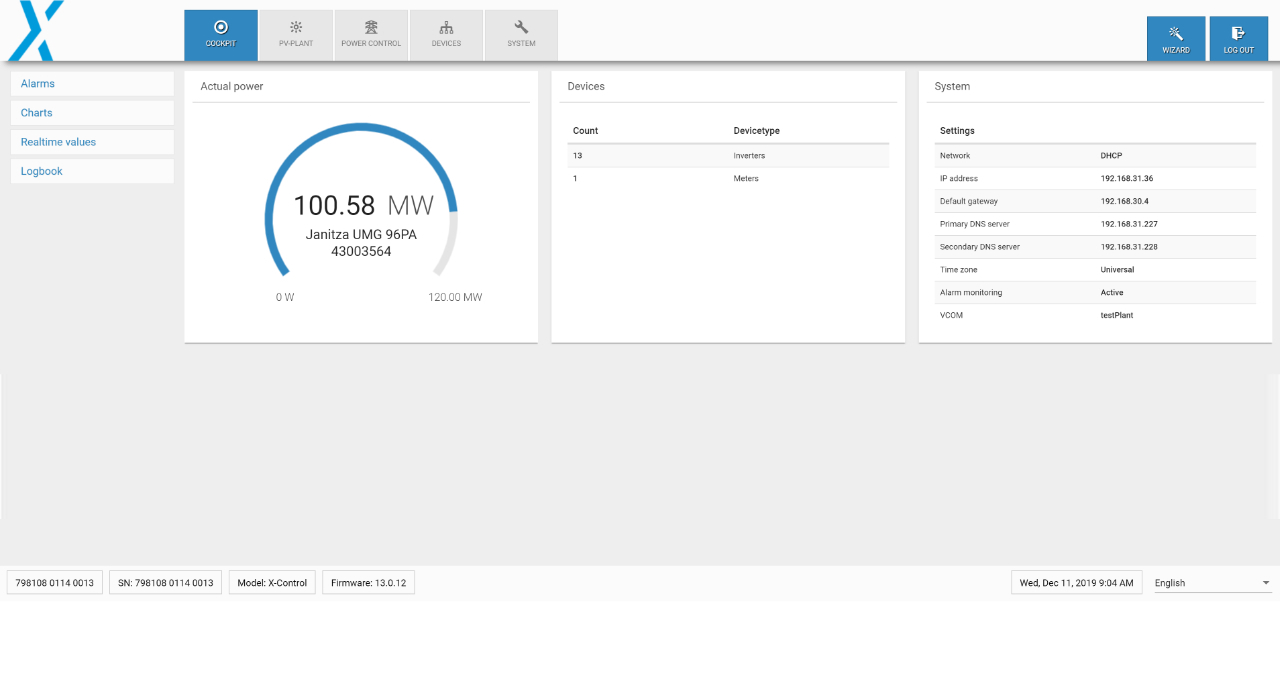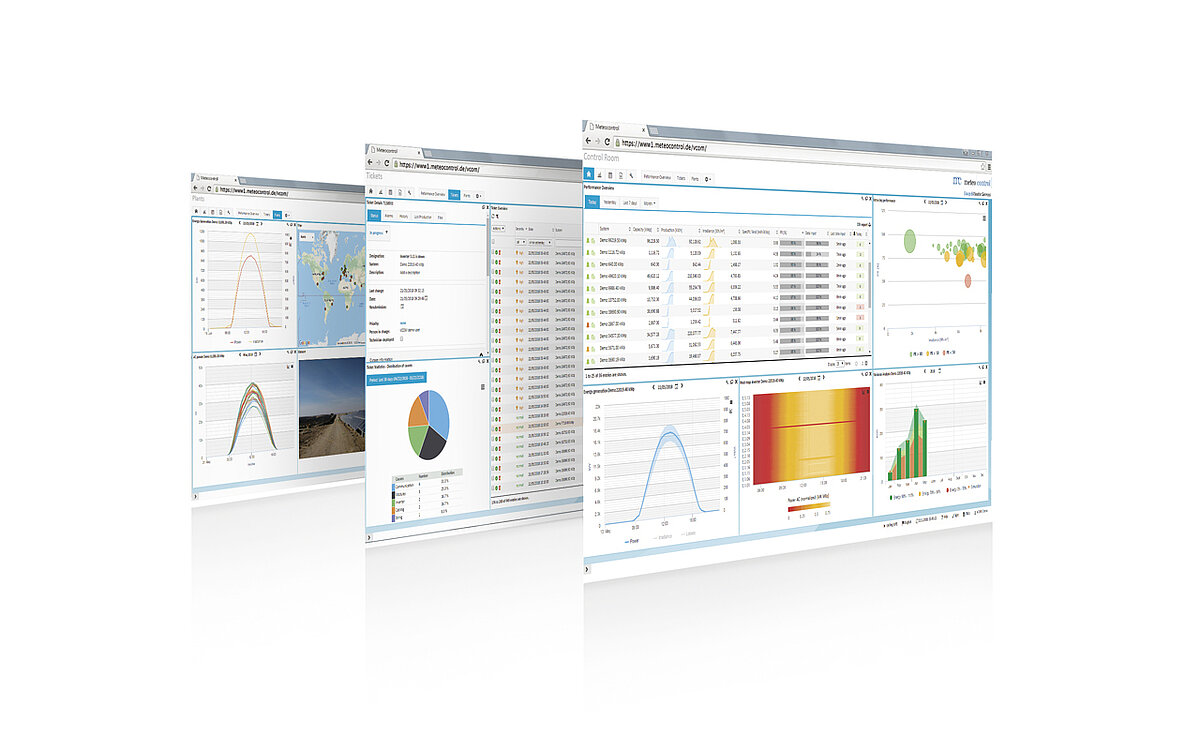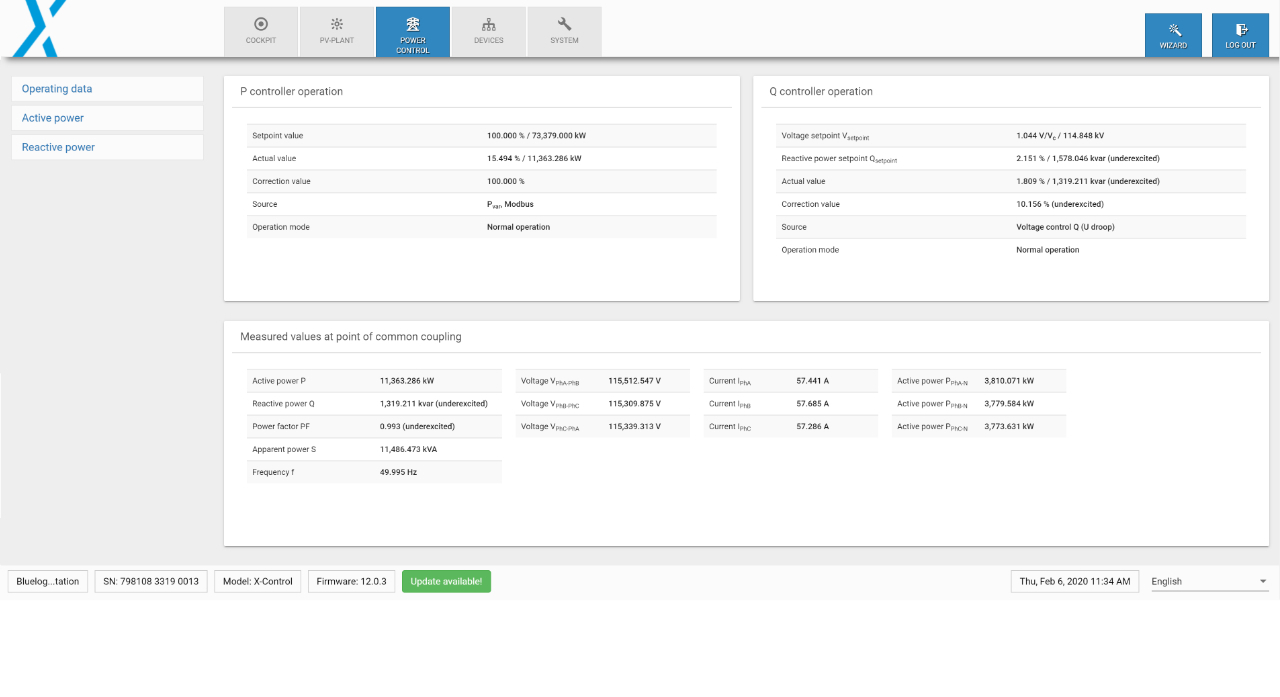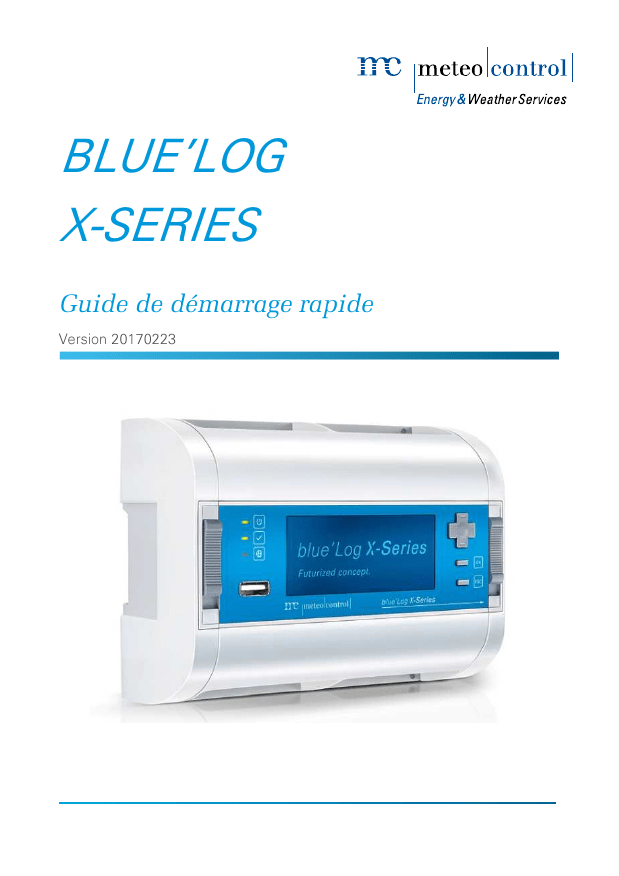
[ベスト] logx^2(1/x 2/x^2) =0 883220Log x 2 1/x 2/x 2 0
Log (1-x) Taylor Series Submit Computing. Get this widget Added Jan 30, 2012 by FaizanKazi in Mathematics Taylors Expansion of Log (1-x) Send feedback | Visit Wolfram|Alpha EMBED Output Width Build a new widget Get the free "Log (1-x) Taylor Series" widget for your website, blog, Wordpress, Blogger, or iGoogle.

log x + log (x+1) = log 12 YouTube
Math Browse all » Wolfram Community » Wolfram Language » Demonstrations » Connected Devices » Taylor Series Expansions of Logarithmic Functions where the 's are Bernoulli Numbers .

blue'Log XSeries (XM / XC) meteocontrol GmbH
Define a formal power series log(x) = ∞ ∑ m = 1( − 1)m + 1(x − 1)m m. I would like to show using only manipulations of the power series (pretending we know nothing of exp) that for commuting x, y, we have log(xy) = log(x) + log(y). (1) For sanity, this is true, yes? (2) Assuming it's true, is a symbol manipulation proof reasonably tractable?

KACO Blue’Log XSeries Solacity
In mathematics, the logarithm is the inverse function to exponentiation. That means that the logarithm of a number x to the base b is the exponent to which b must be raised to produce x. For example, since 1000 = 103, the logarithm base 10 of 1000 is 3, or log10 (1000) = 3.

blue'Log® X Series data logger (English) YouTube
Expansions Which Have Logarithm-Based Equivalents. Summantion Expansion: Equivalent Value: Comments: x n

blue’Log X Series, Power Plant Controller, meteocontrol to present futureoriented
Applications of Natural Log Series. Radiation lifetime in a cavity. Index. HyperPhysics **** HyperMath ***** Calculus. R Nave.

Taylor Series Expansion Of Natural Log Function Youtube
Power Series Expansion for Logarithm of 1 + x Contents 1 Theorem 1.1 Corollary 2 Proof 3 Sources Theorem The Newton-Mercator series defines the natural logarithm function as a power series expansion : valid for all x ∈ R such that − 1 < x ≤ 1 . Corollary valid for − 1 < x < 1 . Proof From Sum of Infinite Geometric Sequence, putting − x for x :

Finding the sum of the series using logarithmic series YouTube
Series Tips for entering queries Following is a list of examples related to this topic—in this case, different kinds and orders of series expansions. maclaurin series cos (x) taylor series sin x expand sin x to order 20 series (sin x)/ (x - pi) at x = pi to order 10 laurent series cot z series exp (1/x) at x = infinity

blue'Log XSeries (XM / XC) meteocontrol GmbH
Log 3 = log 2 + log 1.5, because 3 = 2.1,5. So, find log 1.5 and add it to log 2. Log 1.5uses x = 1/5 and it converges faster than log 2 did. Now you have a quicker reliable 6-figure value for log 3. In the example above, you tackle finding all the logs for integers up to 10. Notice the short cuts you can take.

Expansion Of log(1x) Maclaurin series YouTube
Elementary Functions Log [ z] Series representations. Generalized power series. Expansions at generic point z == z0. For the function itself.

log x + log(x+9) = 1 YouTube
26 Does anyone know a closed form expression for the Taylor series of the function f ( x) = log ( x) where log ( x) denotes the natural logarithm function? logarithms taylor-expansion Share Cite Follow asked Nov 29, 2013 at 0:37 Jamie Sethian 259 1 4 4 1 wolframalpha.com/input/?i=taylor+log%28x%29 - Amzoti Nov 29, 2013 at 0:40

logarithms Taylor Series for \log(x) Mathematics Stack Exchange
Logarithmic Series Download Wolfram Notebook Infinite series of various simple functions of the logarithm include (1) (2) (3) (4) where is the Euler-Mascheroni constant and is the Riemann zeta function. Note that the first two of these are divergent in the classical sense, but converge when interpreted as zeta-regularized sums . See also

blue'Log meteocontrol North America meteocontrol GmbH
Logarithmic Series Definition An expansion for log e (1 + x) as a series of powers of x which is valid only, when |x|<1. Expansion of logarithmic series Expansion of log e (1 + x) if |x|<1 then Replacing x by −x in the logarithmic series, we get Some Important results from logarithmic series

blue'Log XSeries (XM / XC) meteocontrol GmbH
Taylor series - Wikipedia Taylor series As the degree of the Taylor polynomial rises, it approaches the correct function. This image shows sin x and its Taylor approximations by polynomials of degree 1, 3, 5, 7, 9, 11, and 13 at x = 0. Part of a series of articles about Calculus Fundamental theorem Limits Continuity Rolle's theorem

√1000以上 log((1 x)/(1x)) expansion 199008Log((1+x)/(1x)) expansion
The limitations of Taylor's series include poor convergence for some functions, accuracy dependent on number of terms and proximity to expansion point, limited radius of convergence, inaccurate representation for non-linear and complex functions, and potential loss of efficiency with increasing terms.

blue`log xseries
Logarithms are useful for solving equations in which the unknown appears as the exponent of some other quantity. For example, logarithms are used to solve for the half-life, decay constant, or unknown time in exponential decay problems.